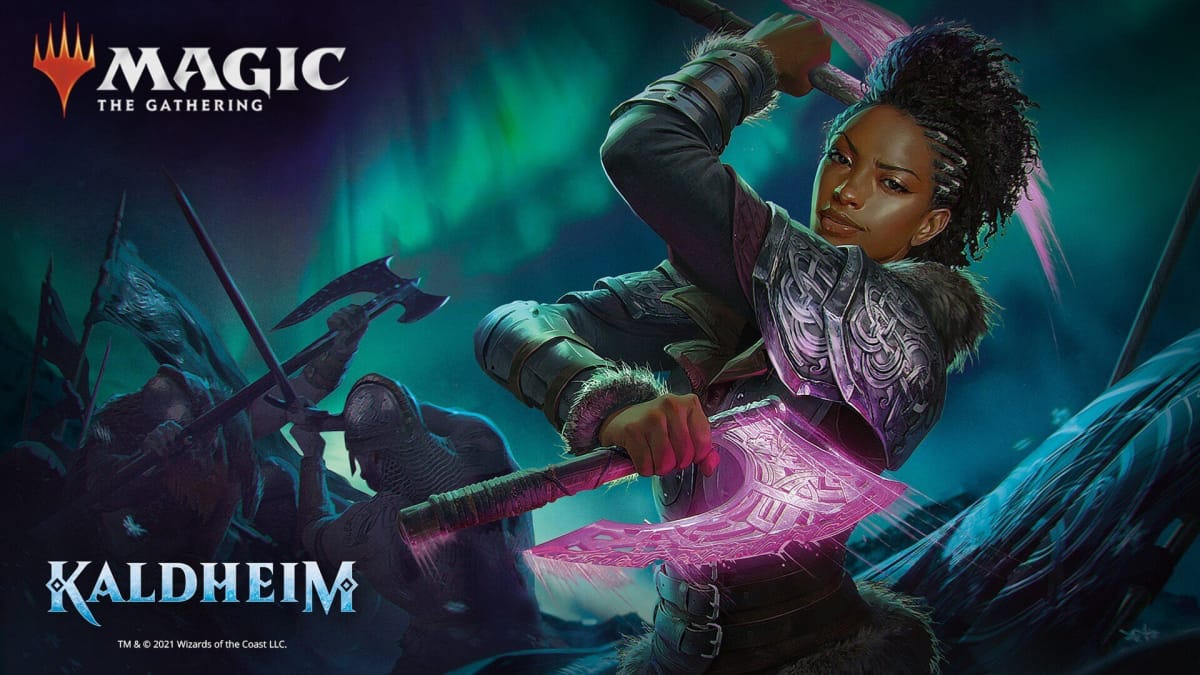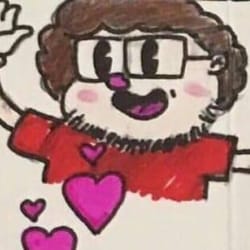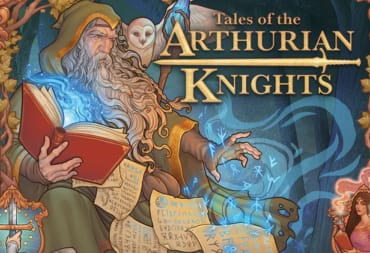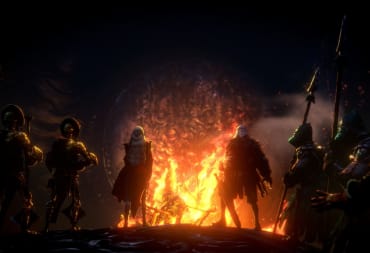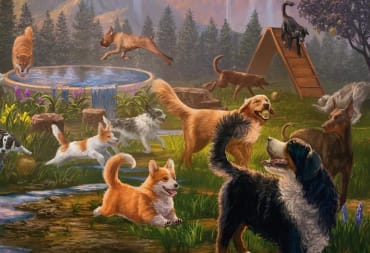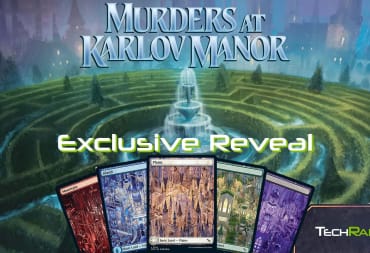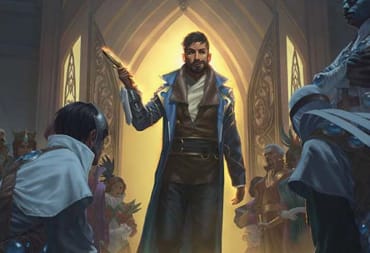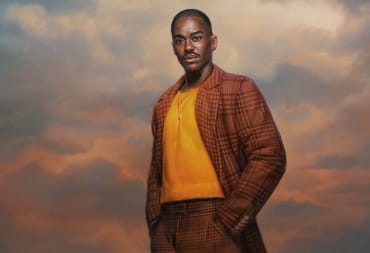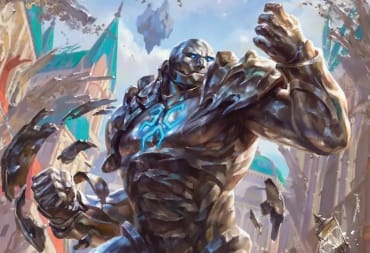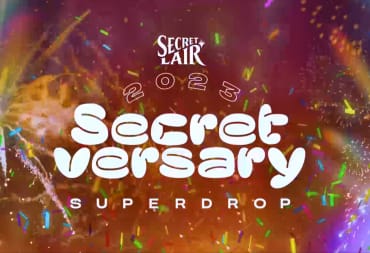With the recent release of Magic: The Gathering Kalhdeim, there are lots of questions floating around. Some about the universe itself, where it might go next, and what the philosophy is to making great art. We had the chance to speak to Sarah Finnigan, well known for her allegorical landscapes and deep, intricate pieces, and the answers shine a new light onto that which you might not think about often, the art of the card.
TechRaptor: Hi there, could you please give your name and your role?
Sarah Finnigan: Hi! I’m Sarah Finnigan. I’m an artist for MtG, I paint in acrylics and am quite focused on landscapes.
TR: How did you get involved as an artist at Magic: The Gathering?
SF: I went to a wonderful SFF art-oriented convention called Illuxcon in 2019, where I met one of the Art Directors, Zack Stella, who asked me if I’d be interested in doing some lands.
TR: You’ve described yourself as someone who makes allegorical landscapes, how does this translate to the MtG universe?
SF: So much of communicating visually relies on shared meaning, which all artists leverage when illustrating. It could be with color, where a yellow sky and low sun feels wistful, red clouds a bit menacing, and blue is tranquil. I like to use clouds a lot…densely building cumulonimbus can feel imposing or stately… or wispy low-altitude clouds (as in the Snow-Covered Plain) feel ethereal. It could be “camera angle,” where a horizon line is high in the image, indicating the viewer is looking downward, which has a more introspective feel (such as my Glacial Floodplain piece), compared to a low horizon line indicating an upward viewing angle (Snow-Covered Plains again) lending a sense of adventure and making the place feel epic. Those things all translate to MtG work. I think if I were to go beyond using these tools, which just invoke an emotional response, and assigned meaning to elements, it would introduce a conflict of interest with what I’m being hired to do. To be fair though, several of my personal works don’t go too far past trying to strike a certain emotional chord either.
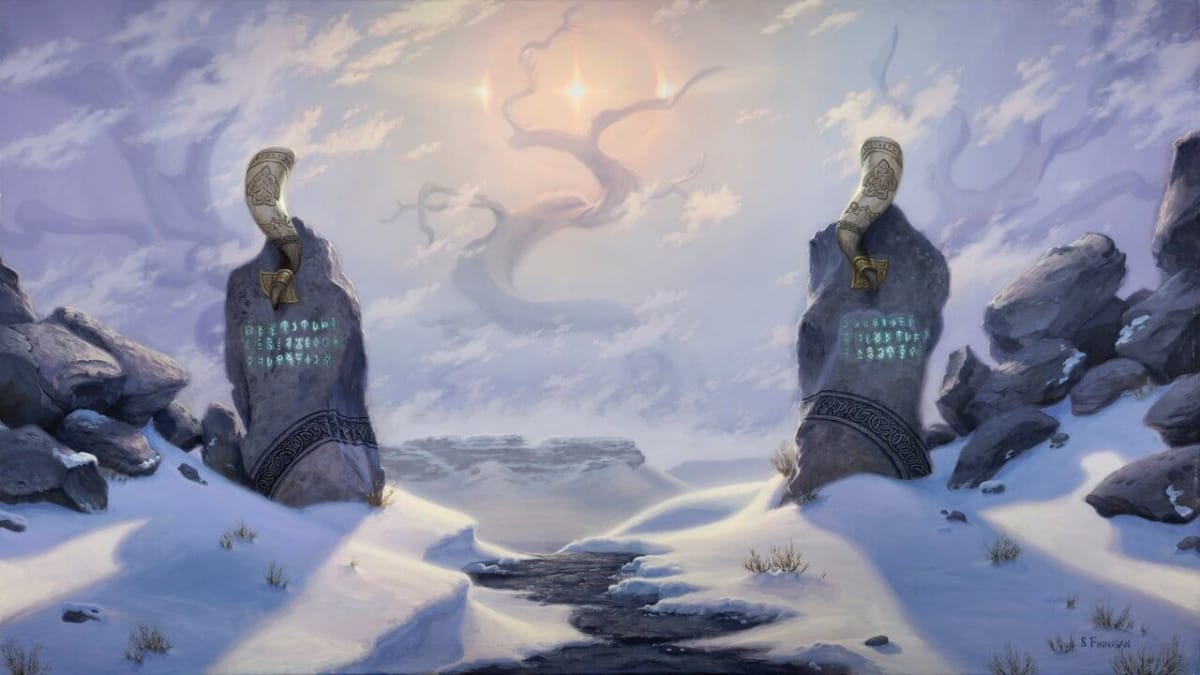
TR: What is your philosophy for visually interpreting the colour types?
SF: The characteristics of each color are factored in with the aesthetic of the plane/set and the requested mood from the art order. A red/mountain card probably should have more lively angles in it and have an asymmetric composition to feel more active, and impulsive. In contrast, a white/plains that would benefit from keeping the horizon line horizontal to look orderly and balanced, and possibly an upward “camera angle” to feel more regal and dignified. However, these have to be prioritized with the needs of the set and the specific assignment, so I use which visual tools can satisfy the most needs.
TR: There’s subtle tranquillity to your work that adapts well to some of the emotion of the Magic world, is this a world you’ve always wanted to work with?
SF: It is! I spent many years narrowly focused on “getting in the door,” so to say, and I sent in my portfolio many times and did a few portfolio reviews at conventions. I think I was focused on the wrong things at the time though, and it wasn’t until I stopped trying and found my current body of work that it happened.
TR: You speak of the contrast of light to dark, companionship or oppression within your lantern piece are these themes prevalent in your work?
SF: They are, but it is companionship in relation to how alone and isolated the viewer feels, and how oppressive the elements in the landscape are. The intent in almost all of my paintings is that the viewer is the character looking out, which is why very frequently you’ll find there is a path leading into the image. It is human nature to mentally seek others…are there any indications of people, where might they be now, when were they here last? If a candle is lit, they were here recently. A lit lantern shows you are welcome here.
TR: Where would you like the world of MTG to go next?
SF: I don’t know that I have a preference! Give me a deliciously unique World Guide and a landscape to paint within that world, and I’ll enjoy myself…and so far every time I’ve worked on MtG, I can count on both of those things!
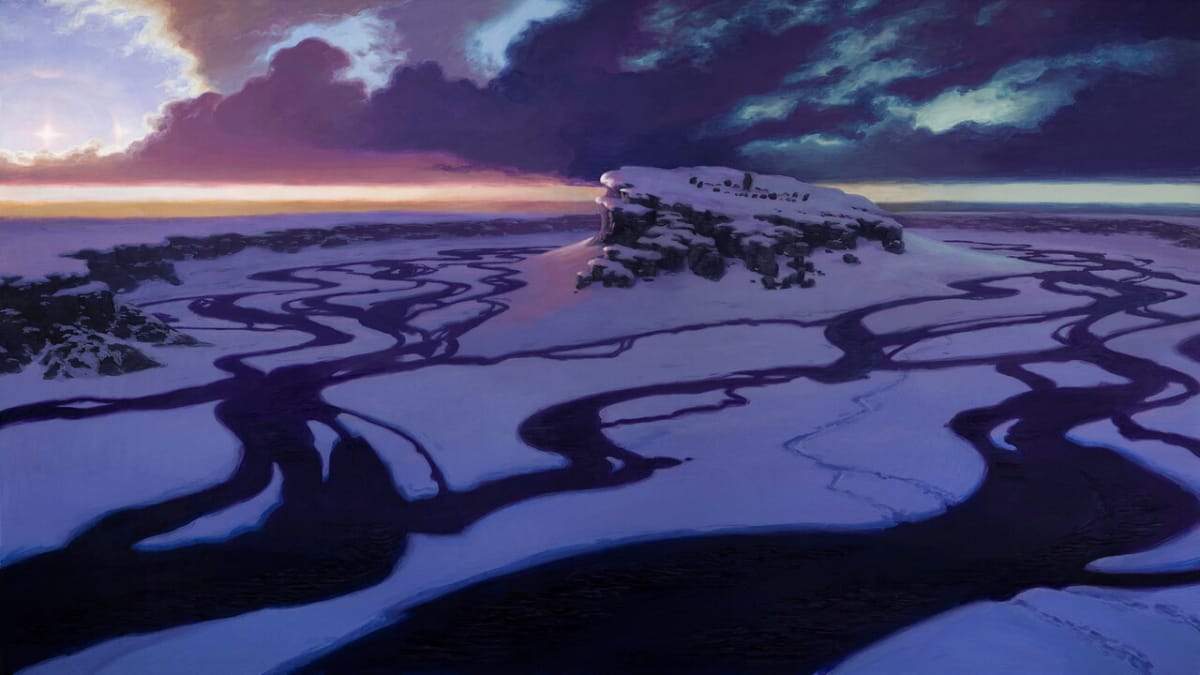
TR: What is the best part of being an artist for MTG?
SF: I like that the assignments introduce subject matter I might not have chosen to explore on my own, but not so wildly outside of my area of interest that I stop enjoying it. I love working from the World Guides too, because it is a huge collection of imagery that sets a tone that I can then emotionally react to. When I’m doing personal work, I start by building a collection of inspiration like this, so it feels like the perfect way to collaborate.
TR: How was the experience adapting your style to the theming of Kaldheim?
SF: Much like the other MtG pieces I’ve done, I engross myself in the World Guide for a few hours, bookmarking certain pages, compiling reactionary inspiration into a folder, and often creating a playlist that fits. Kaldheim is such a fresh, fun take on a culture and geographical region that has long inspired fantasy, and it could have so easily felt generic. I remember the World Guide told of one group of humans that were cursed to be followed by a winter that grows harsher and harsher the longer they are away from home. With a world called Kaldheim, and stories like that, and then the fortune to be assigned two snow-covered lands…it was a pleasure and breeze to channel a feeling of cold winters and short days. It didn’t feel like I had to do much adapting!
TR: Were the snowy sights of your land originally part of your design idea?
SF: The snow was a part of the assignment, which required it be featured prominently, so all of the sketches I prepared were buried in the stuff!
TR: When making the art for a card, how much free reign do you have over the end design?
SF: It is hard to say. The free reign I have is to suggest new ideas via the “sketches” I turn in. I prepare and send a small handful of sketches (which are small, sloppy digital colored mockups), and I try to make sure that at least one fits the prompt exactly as it was given, and at least one pushes against or breaks past the boundaries. There’s always a decent amount of variation between the sketches…but ultimately the Art Directors choose which of those I go forwards with. In the case of Kaldheim, I offered a few departures from what was asked, and for the Snow-Covered Plains, they went with it!
TR: Thank you so much for taking the time out to answer our questions. We're Looking forward to seeing the art you make next and where Magic goes after this
Magic: The Gathering Kaldheim is available to purchase now. You can find Sarah Finnigan on her Twitter, Instagram or website.
Have a tip, or want to point out something we missed? Leave a Comment or e-mail us at tips@techraptor.net
